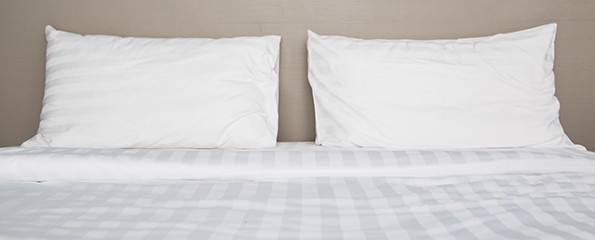Prototype pillow to help reduce suffocation fears
People with epilepsy may soon be able to sleep a little easier, thanks to research carried out by a team of researchers at Repatriation General Hospital and Flinders University.
The research, prompted by the Epilepsy Association of SA and NT and funded by the Medical Device Partnering Program at Flinders University, tested the effectiveness of a prototype anti-suffocation pillow designed to reduce the risk of suffocation which can sometimes occur as a result of an epileptic seizure.
Sudden unexpected death in epilepsy is rare, but suffocation post-seizure from obstructed breathing against bedding material, such as a pillow, is sometimes concluded to have contributed to death. Pillow safety is therefore a concern in this patient group.
The research team compared two low density foam ‘lattice’ pillows to commercially available standard cotton and latex pillows. Low density foam is easier to breathe through than traditional pillows and this could help reduce the risk of suffocation. However, expired gases accumulating within the pillow from ‘rebreathing’ could still contribute to suffocation risk.
Associate Professor Peter Catcheside, based in the University’s Clinical Effectiveness Department at the Adelaide Institute for Sleep Health at Repatriation General Hospital, said the study compared airflow resistance and carbon dioxide rebreathing characteristics between the pillows.
Working with Professor Karen Reynolds and Dr Aaron Mohtar from the Flinders Medical Device Research Institute, the study used a ventilation simulation machine and a low flow rate of carbon dioxide to simulate regular adult breathing and normal carbon dioxide production during 10-minute periods of expired gas rebreathing from each pillow.
“We found that the low density foam lattice and latex pillows had considerably lower airflow resistance compared to a cotton pillow,” Associate Professor Catcheside said.
“We also found that the cotton and latex pillows very quickly accumulated high C02 levels, which are likely to be life threatening if someone is lying unconscious in the face-down position,” he said.
“Lattice pillows accumulated CO2 much more slowly. Although clearly much safer, the CO2 levels reached could still threaten health and survival, so further work towards improved safety in this area would be useful.”
(Source: Flinders)
Dates
Tags
Created by:

 Login
Login














